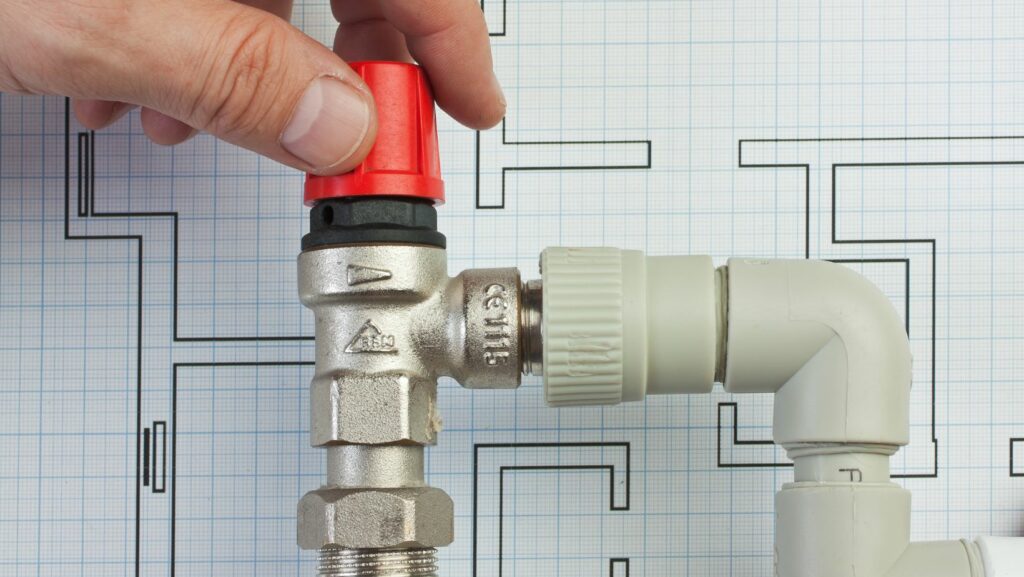Table of Contents
ToggleWhat Does a Vacuum Breaker Do
When it comes to plumbing systems, there are several components that work together to ensure smooth and efficient operation. One such component is the vacuum breaker. But what exactly does a vacuum breaker do? In simple terms, a vacuum breaker is a device that helps prevent backflow of contaminated water into the main water supply.
A vacuum breaker is typically installed on fixtures such as faucets, toilets, or irrigation systems. Its primary function is to allow air into the plumbing system when there is a sudden drop in pressure. This prevents the formation of a vacuum or negative pressure within the pipes, which could lead to backflow.
By allowing air into the system, the vacuum breaker breaks the siphon effect that can occur when water flows backward due to changes in pressure. This helps maintain the integrity of our drinking water by preventing contaminated water from entering our homes or public water supply.
In conclusion, a vacuum breaker plays an important role in protecting our clean water supply by preventing backflow and ensuring proper functioning of plumbing systems. Understanding its purpose and how it works can help us appreciate its significance in maintaining safe and reliable access to clean water for our daily needs.

Importance of a Vacuum Breaker
A vacuum breaker may seem like a small and insignificant component, but its importance cannot be understated when it comes to maintaining the functionality and safety of plumbing systems. Let’s delve into why a vacuum breaker is crucial:
- Prevention of Contamination: One of the primary functions of a vacuum breaker is to prevent backflow and the potential contamination of drinking water. When there is a sudden drop in pressure or a negative pressure situation in the plumbing system, such as during water main breaks or when large amounts of water are being used simultaneously, there is a risk that contaminated water can be drawn back into the potable water supply. A vacuum breaker acts as a barrier, ensuring that only clean water flows through.
- Protection against Cross-Connections: Cross-connections occur when non-potable sources, such as irrigation systems or industrial processes, come into contact with potable water supplies. Without proper protection, these cross-connections can lead to serious health hazards if contaminants enter the drinking water system. A vacuum breaker serves as an essential safeguard by preventing these potentially harmful cross-connections from occurring.
- Preservation of Equipment: In addition to protecting public health, vacuum breakers also play a role in preserving equipment integrity. When negative pressures develop within pipes due to sudden changes in flow rates or other factors, it can cause damage to plumbing fixtures and appliances by subjecting them to undue stress. By allowing air into the system and equalizing pressure differentials, vacuum breakers help prevent costly repairs and extend the lifespan of equipment.
- Compliance with Regulations: Many building codes and regulations require the installation of vacuum breakers in specific applications where backflow prevention is necessary. Compliance with these regulations not only ensures legal adherence but also provides peace of mind knowing that your plumbing system meets safety standards set forth by governing bodies.
In conclusion, while often overlooked, having a vacuum breaker in your plumbing system is of utmost importance. It protects against contamination, prevents cross-connections, preserves equipment, and ensures compliance with regulations. By investing in this small but vital component, you can safeguard both the health of individuals and the longevity of your plumbing infrastructure.

